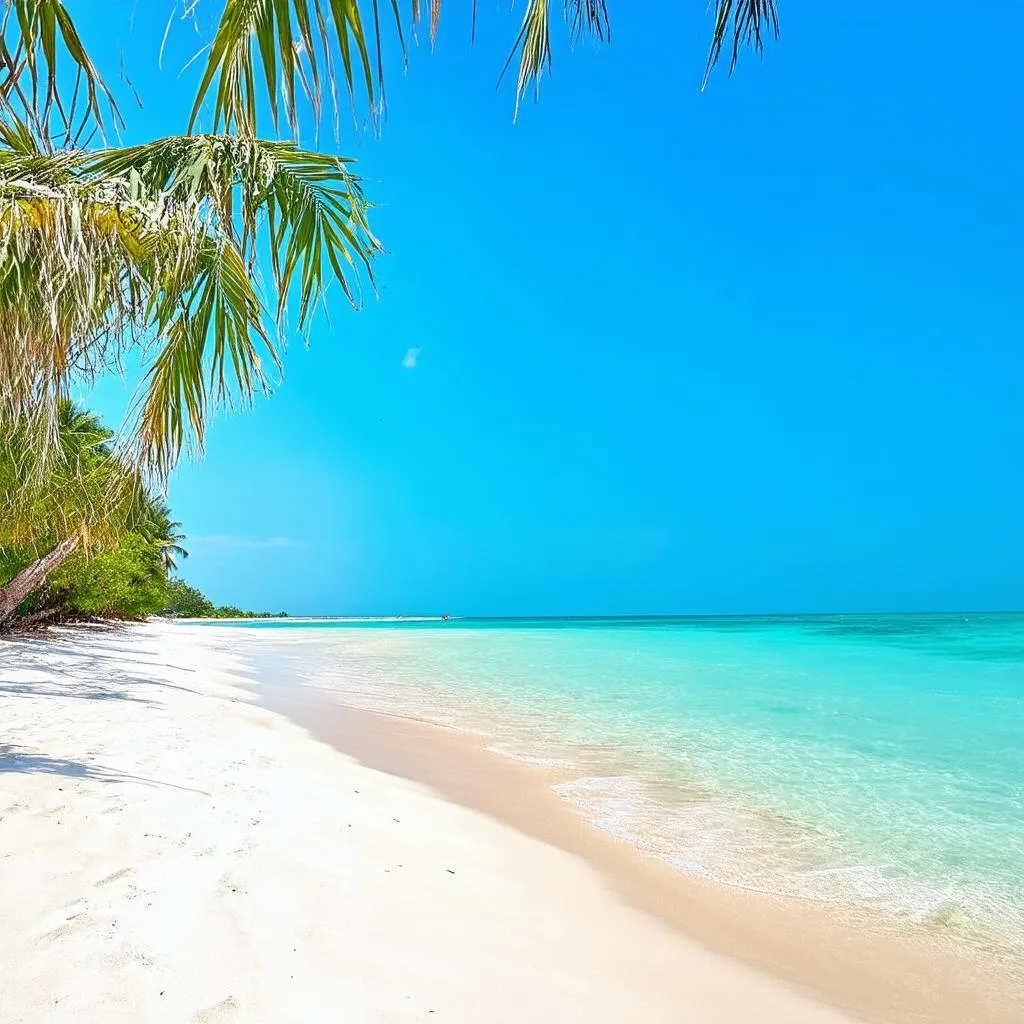Have you ever returned from an incredible vacation, bursting with stories to tell, only to find yourself struggling to put the experience into words? Describing a trip in English can feel like navigating a foreign country itself! But fret not, fellow traveler. Whether you’re a seasoned globetrotter or a first-time explorer, this guide is your passport to eloquently sharing your travel tales.
Crafting Your Travel Narrative: More Than Just “It Was Fun”
We’ve all been there – someone asks about your trip, and your mind goes blank, leaving you with a feeble “It was fun.” Let’s delve deeper and uncover the art of painting vivid pictures with your words.
1. Set the Scene: Transport Your Listener
Imagine yourself strolling down the bustling streets of Hanoi’s Old Quarter or gazing at the breathtaking sunset over Ha Long Bay. How would you describe the sights, sounds, and even the scents of that moment?
Use Sensory Details: Instead of just saying “The beach was beautiful,” try: “The turquoise waves crashed against the shore, filling the air with the salty tang of the ocean. Fine, white sand shimmered like diamonds under the tropical sun.”
Engage Emotions: Did the grandeur of Angkor Wat in Siem Reap leave you awestruck? Did the vibrant energy of Ho Chi Minh City’s nightlife exhilarate you? Let your emotions color your descriptions.
Expert Tip: “Evoking emotions is key to making your travel stories memorable,” says renowned travel writer, Sarah Jones, in her book, “The Art of Travel Writing.”
2. Storytelling: The Heart of Sharing
Every trip is a story waiting to be told. Don’t just list places you went to. Weave a narrative that captures the essence of your journey.
Anecdotes Are Your Friend: Remember that time you got hopelessly lost in the labyrinthine alleys of Hoi An’s Ancient Town but stumbled upon a hidden gem of a café? These little anecdotes are what make your story unique.
Build Suspense: Don’t reveal everything at once. If you had a particularly exciting encounter, build anticipation before delivering the punchline.
3. Useful Phrases: Your Linguistic Toolkit
Need some phrases to get you started? Here are a few to enrich your travel vocabulary:
To describe places:
- Breathtaking: For truly awe-inspiring sights like the rice terraces of Sapa.
- Bustling: To capture the energy of cities like Ho Chi Minh City or Hanoi.
- Serene: For peaceful retreats like Phu Quoc Island.
- Charming: Perfect for describing the quaint towns of the Mekong Delta.
To describe experiences:
- Immersed in the culture: Shows you went beyond the tourist traps.
- Off the beaten path: Highlights your adventurous spirit.
- A feast for the senses: Ideal for describing a vibrant market experience.
Expert Tip: Don’t be afraid to use similes and metaphors. For example, “The Mekong Delta was a labyrinth of waterways, teeming with life like a bustling city.”
Planning Your Next Adventure?
Travelcar.edu.vn can be your trusted guide! From crafting the perfect itinerary to discovering hidden gems, we have you covered. Explore our website for travel tips, destination guides, and more.
 Peaceful Beach
Peaceful Beach
FAQs: Your Travel Questions, Answered
Q: What if I don’t have a good vocabulary?
A: Don’t worry! Focus on telling your story authentically. Simple language can be just as powerful.
Q: How can I make my stories more interesting?
A: Use humor, add suspense, and focus on the details that stood out to you.
Conclusion: Keep Exploring, Keep Sharing
Describing a trip in English is about more than just listing facts. It’s about sharing your experiences in a way that transports your listener to the heart of your journey. So, embrace your inner storyteller, and let your adventures inspire others.